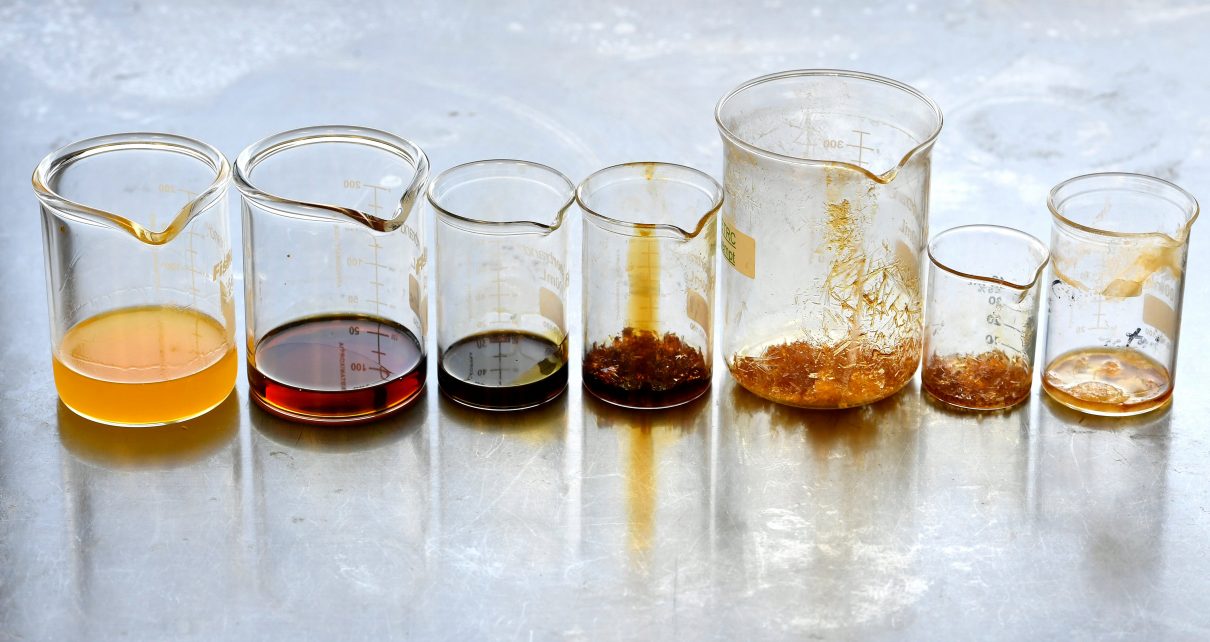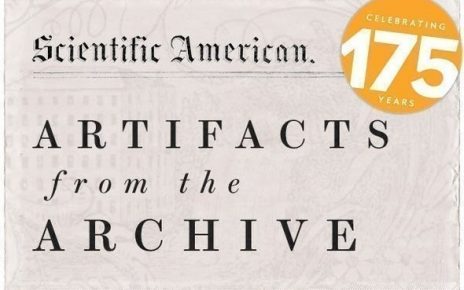When a shop selling cannabidiol (CBD), a compound found in marijuana, opened near the place where I get coffee in my Southern California neighborhood, I was of two minds. Actually, for several weeks I was of one mind, which was to wish for the speedy demise of the business. As a physician, I just know too much about some of the deleterious consequences associated with marijuana use: memory issues, altered judgment, addiction, longer-term cognitive issues, chronic bronchitis symptoms, and so on.
But as the days passed, I began to glimpse the other side of the conversation. In the end, I spent quality time with the supervisors of three CBD stores in my area, and each had inspiring stories to share of customers who alleviated their aches, overcame chronic pain, reduced stress, had a good night’s sleep or got a semblance of their lives back. They told me stories like that of Lorraine, who had been bucked off a horse, broke some vertebrae, was ridden with chronic pain, yet experienced such dramatic improvement with CBD that after a month, she rode her horse 400 miles through the south of Spain.
That’s certainly storybook enough. So, is CBD a miracle cure? Despite its promise, if you’re someone who hopes to read that science proves CBD is a wonder product, I’m afraid this isn’t the place to look.
The truth is unforgiving. The studies around pure CBD—that is, CBD without THC—are limited due to the fact that some are small and inconsistently designed. Jason White, who chairs the World Health Organization Expert Committee on Drug Dependence, told me in an interview that he believes the number of randomized control trials (RCTS) specific to pure CBD is small, likely fewer than 10. Outside of one prescription drug created to treat two rare pediatric seizure disorders, the Food and Drug Administration (FDA) has not evaluated or approved pure CBD for any therapeutic use. This is a thicket of often conflicting claims.
Before we go any deeper, let’s cover the basics. I mentioned marijuana above, and that plant does have more than 100 different compounds within it called cannabinoids. Its primary component is THC, which has the psychotropic properties that give users the feeling of being “high.” CBD is the second-most prevalent component, and does not have this same effect.
Perhaps more significant, THC and CBD are also found in hemp, but the THC concentrations are very low. In the U.S., hemp plants by definition have no more than 0.3 percent THC, while marijuana plants are bred to have much higher levels. And where marijuana is primarily used as a drug, hemp is found in all sorts of products, including fabrics and textiles, paper, food, animal feed and supplements.
CBD’s popularity has skyrocketed because of its purported therapeutic benefits, along with a low potential for abuse. There’s also plenty of it, and it’s profitable. According to Julian Wright, Founder of Science and Recreation, farmers can make $60,000 per acre to produce hemp high in CBD, versus $750 per acre in hemp sold for fiber. The commercial market for CBD, meanwhile, is projected to rise from an estimated $500 million in 2018 to $1.8 billion by 2022.
Why so popular? Well, CBD is being marketed as a health supplement and a medicine, with the ability to reduce inflammation, lessen pain and reduce anxiety as well as to potentially help alleviate other conditions like post-traumatic stress disorder, some of the side effects of chemotherapy, and even spasticity associated with multiple sclerosis. The Hemp Farming Act of 2018 reclassified hemp from a highly controlled Schedule 1 substance, like marijuana, to an agricultural product that could now be grown and distributed legally.
Though CBD is legal to sell, the FDA has made it clear that unapproved CBD products cannot be in food, beverages, cosmetics or sold as a dietary supplement; neither can they be marketed with unsubstantiated health claims. CBD can be purchased as oils, tinctures, sprays, creams, capsules, lollipops, chocolates, energy bars, trail mix and gummies, among other things. It can even be vaped. (According to Pam Miles, past president of the Association of Food and Drug Officials, one restaurant chain offered sandwiches infused with CBD as part of a promotion, so you know we’re already there in terms of availability.)
I visited three stores in the San Diego area. At the Golden State Greens shop, the supervisor, Jake C. told me his customers use CBD primarily for stress, anxiety, insomnia and pain, including several cancer patients who found that the product helped them sleep and perhaps regain some weight they’d lost while undergoing treatments. Shawn McManigal, owner of the Injoi CBD store in La Jolla, said a 92-year-old customer of his stopped taking his constipating pain medications after realizing that CBD gummies relieved the pain and allowed him to rest. “I’m not saying this is a miracle cure,” McManigal told me, “but there is science behind it and it really proves what it does.”
Does it, though? The question of what pure CBD (without THC) has been proven to treat is genuinely difficult to answer. Much of the peer-reviewed research looks at CBD as a medicinal drug or includes cannabis in the study. In a review of 79 randomized clinical trials (RCTS) of cannabinoids for the below indications, the authors found moderate-quality evidence for cannabinoid use for the treatment of chronic pain and spasticity, and only low quality evidence for improvements in vomiting resulting from chemotherapy, weight gain in HIV infection, sleep disorders and Tourette syndrome. But the study was limited because it included multiple cannabinoids that were evaluated at different doses by different routes, with many products containing THC.
Jason White, who chairs the World Health Organization Expert Committee on Drug Dependence, told me he believes CBD will prove efficacious for a broader range of seizure types, that it likely has some anti-psychotic efficacy, and that it may help improve the quality of life among those who suffer from Parkinson’s disease. In studies, CBD has been found to treat certain types of seizures, has benefited schizophrenia patients with psychotic symptoms in two of three RCTS, and has improved activities of daily life and sleep in Parkinson’s patients in early trials.
On the other hand, a review that included 83 studies (40 of them RCTs) involving over 3,000 people with various mental health conditions found that there was “scarce evidence” to show that cannabinoids improved depression or anxiety disorders, attention-deficit hyperactivity disorder, Tourette syndrome, post-traumatic stress disorder or psychosis.
One of the most comprehensive reports, produced by the National Academies of Sciences, Engineering, and Medicine, examined over 10,000 scientific abstracts and concluded that substantial evidence existed for CBD treatment of three conditions: chronic pain, chemotherapy-induced vomiting and muscle spasms. The active components of cannabis have been shown to modulate the immune system and inflammation yet a WHO report concluded that CBD’s effect on the immune system is unclear with evidence showing suppression at higher doses, but stimulation at lower doses.
You can see the limits of existing CBD research: multiple small trials that yield conflicting results, along with RCTs and meta-analyses that too often include marijuana and mixed THC/CBD compounds rather than just pure CBD products—many of them in varying amounts. These certainly influence the results, and they also leave consumers rightly wondering what the proper dose for them might be.
“You don’t know the dose, you don’t know the formulation and therefore [you don’t know] the absorption,” White told me. “In a lot of places, it’s essentially a backyard pharmacy where people just sort of make it up…. When you get in a situation where people are kind of doing it themselves then that is really out of control.”
As for potential users, “low and slow” was the refrain from the CBD store managers with whom I spoke. With CBD tincture, for example, McManigal recommended placing a half of vial of oil under the tongue—the equivalent of 17 milligrams in his formulation—and waiting 45 minutes to an hour. “If you don’t feel the effect of being more relaxed, use more,” he said.
According to a WHO report, CBD is generally well-tolerated with a good safety profile, and in humans it exhibits no effects that would indicate potential for abuse or dependence. The side effects are generally mild and may include sleepiness, diarrhea, mood changes, etc., but concerns exist of potential liver injury, medication interactions, and male fertility issues. White said there is little known about the effects of sustained and/or cumulative use of CBD, or its use in special populations like adolescents, the elderly and pregnant women.
The FDA is investigating reports of CBD containing such dangerous contaminants as unhealthy levels of heavy metals (including lead), pesticides, bacteria and fungi. Law enforcement agencies found that 128 samples out of more than 350 tested by government labs in nine states had synthetic marijuana in products being sold as CBD.
At Golden State Greens shop, Jake C. told me that CBD containing THC is highly regulated by the state of California, and he believes the products to be safe and labeled appropriately. However, he said over-the-counter hemp-derived CBD (depending on state regulations) or black-market cannabis product, could have wildly varying amounts of THC and CBD, to say nothing of potential contaminants.
The lack of high-quality studies reflects the hoops one has to jump though to conduct marijuana research. Regulatory barriers need to be streamlined and funding sources need to be identified so that large, well-designed RCTs can be conducted to explore the beneficial and harmful health effects of CBD use, which ultimately would better inform states, the FDA and the public. Currently, there are 120 clinical trials registered (planned, recruiting, or active) which are investigating CBD; hopefully, some of these trials can provide much needed answers.
“This industry is not going to go away. Our sales are up,” one shop owner told me. All the more reason for us to do the research, prove CBD’s efficacy, standardize dosing and ensure quality, among other things. I no longer growl when I pass my local store; the people there genuinely believe they’re doing a good thing. Let’s find out if they’re right.


